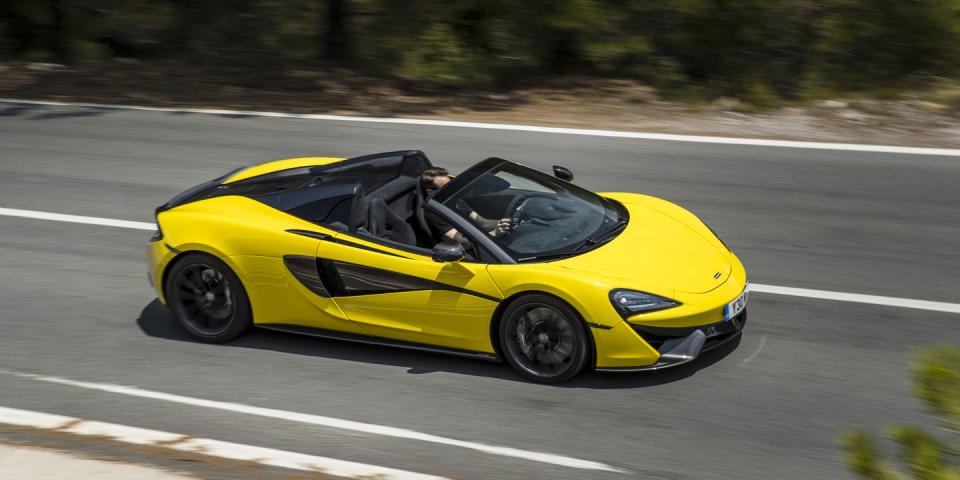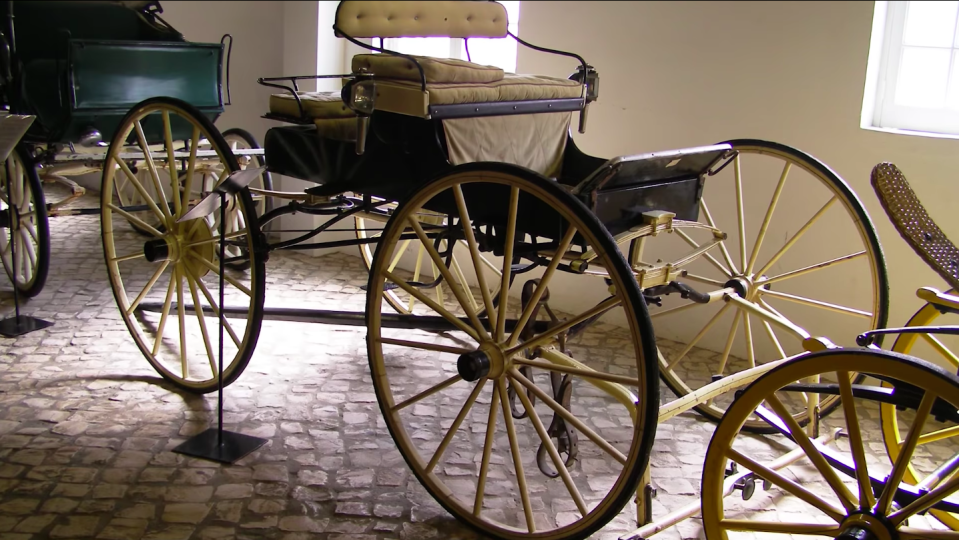Here's Why Convertibles Are Called Spiders

Whenever you see the word "spider" (sometimes "spyder") tacked onto the end of a car's name, you likely think it's just a fancy word for roadster. These days, several manufacturers tend to use the term "spider" to denote a drop-top version of a car. But how did the word spider become synonymous with convertible cars? Well, here's a history lesson.
The terminology originated before cars actually existed, according to Carfection's Drew Stearne. The spider name dates back to the 1800s, when a horse-drawn carriage was the main mode of transportation.

These carriages (also sometimes called "Phaetons") came in many different shapes and sizes. There were cargo-bearing carriages, people-movers, and lightweight, less cumbersome carriages which, thanks to their looks, came to be known as spiders. As you can see from the picture above, these carriages have a smaller body and large wooden wheels with thin spokes, which sort of look like spider legs. Once cars came around, this naming scheme transferred over to lighter, more agile, sporty vehicles, often with no roof over the cockpit. It's stuck ever since.
As for the difference between "Spider" and "Spyder," that may just come down to the manufacturer's preference. As Stearne points out, Ferrari used Spyder in the past, but has switched to Spider for cars like the 488. Porsche still uses the Y for it's most hardcore Boxster variant, while carmakers like McLaren and Fiat use the "I" version.
You Might Also Like

 Yahoo Autos
Yahoo Autos 